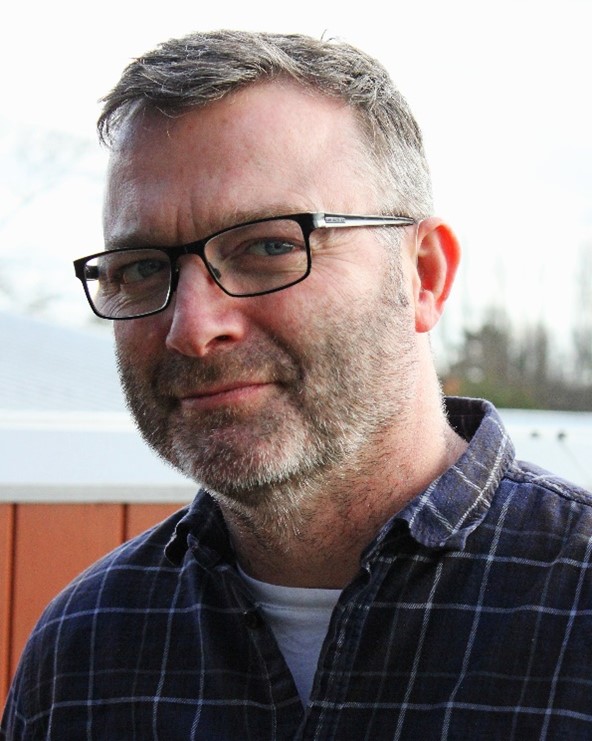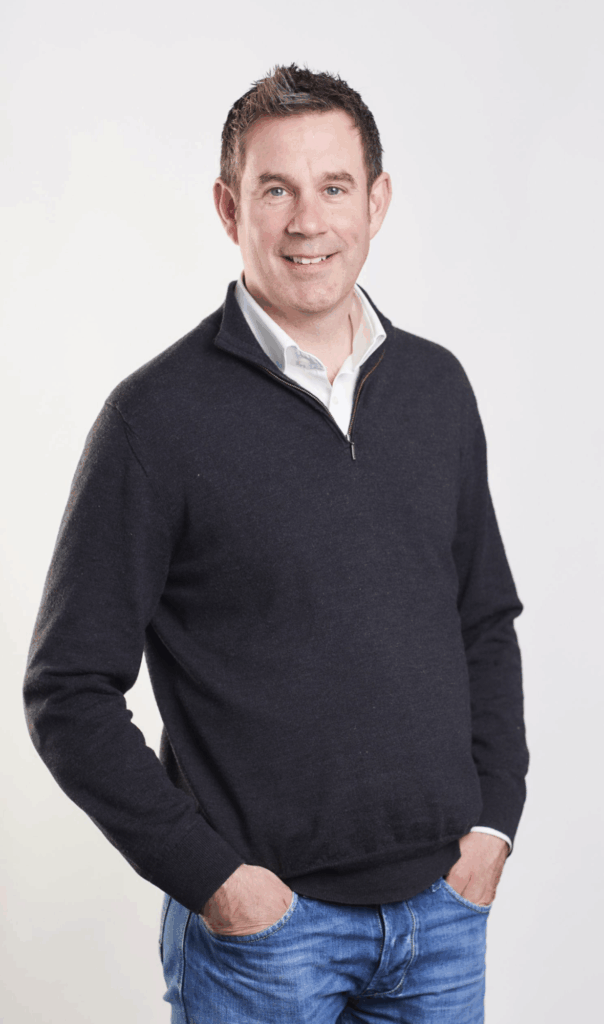Lorem ipsum dolor sit amet, consectetur adipiscing elit Lorem ipsum dolor sit amet, consectetur adipiscing elit
Latest news from Packaging Innovations & Empack
Old ideas, new impact: Rethinking innovation

Innovation isn’t always born from the new. Sometimes it emerges quietly, not from invention, but from rediscovery. From the fragments of long-held knowledge, time-tested techniques, and ideas that once seemed ordinary, now seen through the sharper lens of modern need. It invites us to look again at the familiar, to reawaken the wisdom embedded in our collective past and to recognise that progress and preservation are not opposites, but allies.
Innovation is often imagined as the pursuit of the entirely new, the bold leap into uncharted territory. Yet, some of the most meaningful advancements arise from revisiting what already exists, examining methods, materials, and ideas that have quietly endured across decades. By looking back with fresh eyes, we uncover inspiration that may have been overlooked and find opportunities to breathe new life into familiar concepts. As Paul Botje, Museum Director at Museum of Brands, reflects, “All the innovations you see, extremely clever stuff, it’s all driven by the same urge to make things better, it’s happened throughout the ages and it’s still happening.”
The past is rich with lessons in resourcefulness. Necessity has always been a catalyst for invention, driving creative solutions when materials, time, or resources were scarce. Techniques developed in such moments, whether through repurposing, refining, or simplifying, often hold enduring relevance. In our present era, these historical insights illuminate pathways to sustainability and efficiency. Paul observes, “Sustainability has been done before. During the war, when raw materials just dropped off, you see things going back to different materials just to make sure you can make something rather than nothing. That still is the case today.” Even small adjustments, repeated over time, can accumulate into significant transformation. Subtle changes, when observed across decades, often reveal a form of revolution, as the familiar is reshaped into something both recognisable and new. Paul notes, “Visually brands definitely change, and it’s generally evolution because they want to retain brand recognition. If you then look at the end result, it’s actually revolutionised because it’s completely different.”

Innovation today is less about invention for invention’s sake and more about evolution with intention. The old model of “new equals better” has dissolved into something subtler and more demanding. True innovation now sits at the intersection of creativity and consequence, where imagination meets the responsibility to do better, not just differently. As Michael Carroll, Senior Packaging Project Manager at Müller UK & Ireland puts it, “The entire packaging journey needs to be considered. Sustainability must be built in, but the product still has to do its job.” Modern innovation is not about compromise; it is about balance between ambition and pragmatism, design and duty.
This more mature form of innovation is quiet, deliberate, and deeply connected to context. Progress does not always arrive as a lightning bolt. Sometimes it is the patient refinement of a material, the rethinking of a process, or the subtle adjustment that makes something lighter, smarter, or longer lasting. Michael reflects, “We’re not always going to see massive leaps forward. Sometimes it’s just a little bit of renovation.” In packaging, as in many fields, innovation is the sum of a thousand thoughtful decisions that together change the whole. Packaging, more than a container, communicates identity, values, and narrative. Paul emphasises, “Packaging is a method for communication. So, the manufacturers have taken that opportunity to communicate with their consumers. It’s hugely important, and it’s part of the brand.” In this space, the past informs the future without imposing limits.
Yet, innovation still asks for courage. The courage to disrupt what is familiar, to invest before certainty, and to believe that an idea’s potential is worth the risk of reimagining the norm. Chris Allinson, Packaging Development Manager at Diageo, reflects on this tension: “A lot of people are hesitant to step into that territory. Having a bit of bravery really matters.” The brands and creators who lead this charge are not just solving problems; they are reframing them, often discovering opportunity in the overlooked or assumed.
Purposeful innovation today is collaborative. It thrives where insights from sustainability, design, engineering, and data converge. “You almost need all the planets to align,” Chris explains. “You need infrastructure. You need educated consumers who are willing to change… We have to rethink the way we consume.” The future will belong not to those who innovate in isolation, but to those who see connection as the ultimate creative act, where form and function, ambition and accountability, come together in balance.

Packaging faces a delicate balancing act: beauty, functionality, and sustainability must co-exist without compromise. Michelle Atkinson, Sustainable Solutions – Breakthrough Innovation at Diageo, observes, “Packaging and sustainability are fundamentally linked. The challenge is balancing beauty, the tactile, premium cues that make a product feel special, with the need to avoid excess and design with end-of-life in mind.” Some brands have mastered this equilibrium, while others are still learning that visual impact alone is not enough. For Michelle, effective packaging begins with the consumer. “It’s easy to get caught up looking through a purely brand lens, but we need to see through the eyes of the consumer.” Small moments – opening, closing, handling a pack – define the user experience and either build loyalty or undermine it. Testing, iteration, and attention to detail are essential. Packaging must be functional, intuitive, and emotionally engaging, while also reflecting growing awareness around waste and environmental responsibility.
Sustainability is no longer a niche trend but an expectation, driving innovation across every sector. Rapid advances in materials science and design mean high-quality, premium experiences need not come at the expense of responsible design. Michelle highlights a promising shift toward simplicity and purpose: “It’s about creating theatre and experience without resorting to wasteful excess… Consumers today are much more mindful. They notice when something feels overdone and are quick to question whether it’s justified.” Incremental progress, when executed thoughtfully, can yield transformative results, demonstrating that the subtle application of innovation is often as powerful as sweeping reinvention.
Bravery and collaboration remain critical. The most compelling innovations often come from brands willing to experiment with new formats, second-life uses, and cross-category ideas. “We see bravery across every sector, from luxury spirits to everyday essentials,” Michelle notes. “That bravery moves the industry forward. If we lead with it, we bring consumers with us and reshape expectations together.” Platforms like Packaging Innovations & Empack play a vital role in nurturing this progress, offering space for debate, recognition, and the sharing of ideas.
Underlying all these examples is a unifying principle: innovation is a conversation across time. By revisiting the old with intention, examining what has endured and why, and layering it with contemporary insight, designers, brands, and manufacturers create solutions that are meaningful, enduring, and responsible. As Paul observes, “Mankind and the human brain wants to make things more efficient, cheaper, easier, and less costly. And those are really important drivers for innovation. That has happened since the dawn of ages, and it’s still happening.”
In a world of competing pressures – commercial, environmental, and regulatory – the future of packaging belongs to those who can marry ambition with responsibility, beauty with function, and innovation with sustainability. Innovation, ultimately, is about harmony. Harmony between the lessons of the past and the needs of the present, between vision and practicality, between elegance and endurance. Old ideas, re-examined, gain new life. Established methods, revisited with intention, catalyse progress. And through courage, collaboration, and careful consideration, packaging becomes not only functional and beautiful but meaningful, an emblem of ingenuity that honours continuity while shaping what comes next.
Share this article

Lorem ipsum dolor sit amet, consectetur adipiscing elit Lorem ipsum dolor sit amet, consectetur adipiscing elit
Latest news from Packaging Innovations & Empack


Lorem ipsum dolor sit amet, consectetur adipiscing elit. Ut elit tellus, luctus nec ullamcorper mattis, pulvinar dapibus leo.



